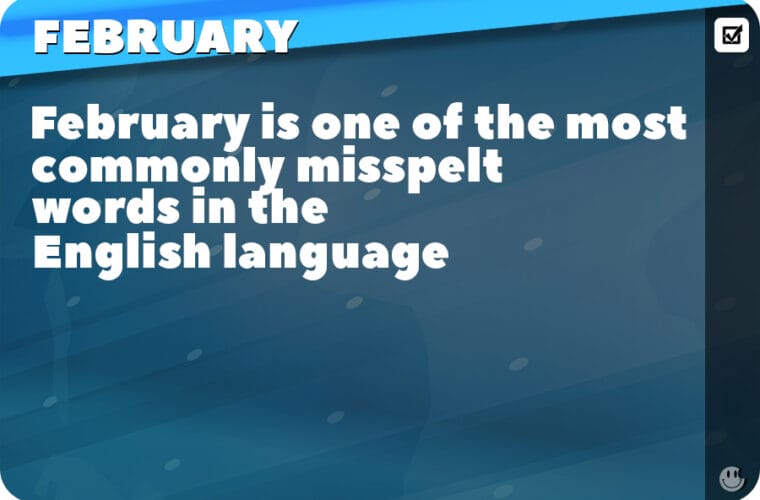 |
The U-2 Incident |
The U-2 incident, which occurred on May 1, 1960, refers to when an American U-2 spy plane, piloted by Francis Gary Powers, was shot down over the Soviet Union during the height of the Cold War. The aircraft, on a high-altitude reconnaissance mission, was taken down by a Soviet surface-to-air missile near Sverdlovsk (now Yekaterinburg) in the Ural Mountains region. The event significantly heightened tensions between the United States and the Soviet Union and had long-lasting effects on pop culture and international relations.
Prominent people and countries involved in the U-2 incident include U.S. President Dwight D. Eisenhower, the CIA, pilot Francis Gary Powers, Soviet Premier Nikita Khrushchev, Soviet Armed Forces, and the Soviet legal system. |









